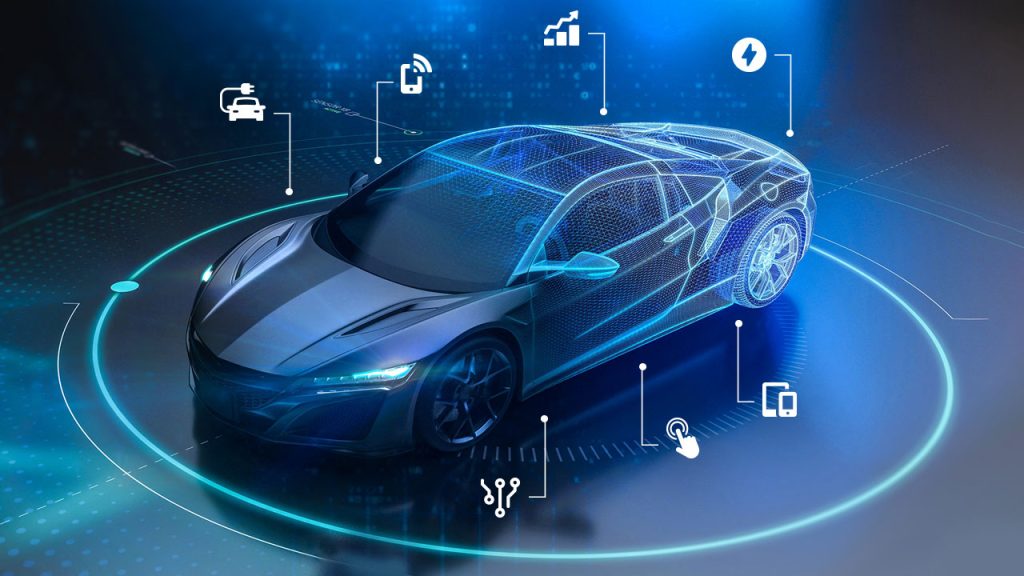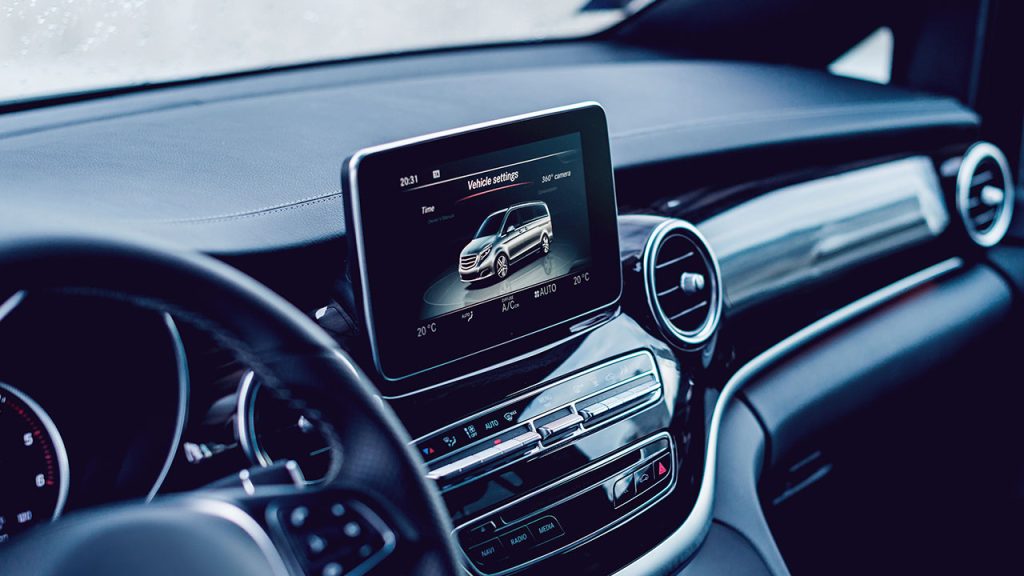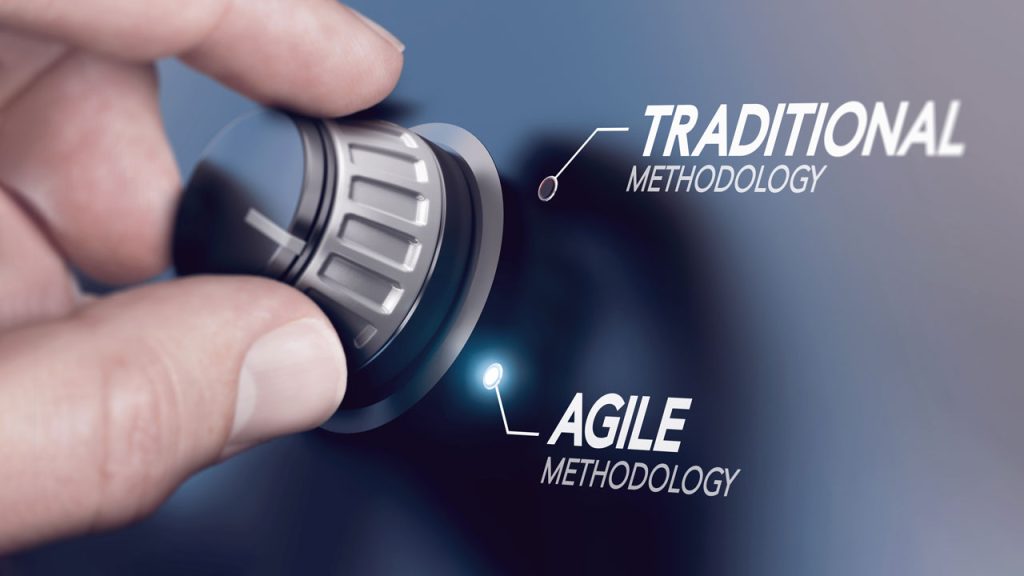Research firm Markets and Markets forecasts that the global software-defined vehicle market will more than double from €30.5 billion in 2022 to €75 billion by 2027. This rapid growth reflects both the strategic importance OEMs are placing on these innovations and the relative immaturity of the space today.
This immaturity is due to the difficulty of transitioning from hardware- to software-defined product lines. Doing so requires automotive companies to transform long-established and entrenched operating models in four ways.

For more than a hundred years, the hardware used to build a vehicle was the primary factor that defined its performance and the driving experience it offered. This is no longer the case. Engines, brakes, suspension and the like will always be central to what a vehicle can do, but software-defined vehicles augment this with digital systems to fundamentally reimagine driver experiences and provide new functionality to customers.
This shift is enabling automotive companies to reimagine their product lines and create vehicles with new capabilities, such as smart assistants, predictive maintenance functionality, and autonomous driving systems. It’s also empowering them to move towards operating models that provide vehicle owners with software upgrades on an ongoing basis, creating new revenue streams and enhancing driver experiences.
As a leading engineering and technology company and business transformation consultancy, Expleo is helping many of the world’s top vehicle companies accelerate their software-defined vehicle initiatives. For most, however, there’s still a way to go. Through our research and client work, we’ve identified several key hurdles these companies must overcome to turn their visions for software-defined vehicles into a reality.

The road to software-defined vehicle maturity
Software-defined vehicles are redefining the future of mobility. But automotive companies must overcome 4 key challenges to unlock their promise.
1. Accommodating greater operational complexity
Incorporating more – and more complex – software into vehicle design and manufacturing processes adds a new layer of operational complexity to automotive value chains. This is true from R&D to testing, to supply chain management, to quality assurance and beyond.
Dealing with this complexity means creating new processes or workflows and recruiting the right talent to build mature software development functions. This transformation may include ensuring the IT applications or platforms deployed within a vehicle are all interoperable and remotely updatable. It also means partnering with forward-thinking industry leaders to accelerate innovation, define consistent software development standards, and help ensure interoperability between key systems and devices.
2. Enabling cross-functional collaboration
The functionalities available in software-defined vehicles will be delivered primarily via applications run on dedicated microprocessors. Technology embedded into these vehicles will be connected to offboard IT platforms that support access to third-party services to enhance driving experiences. Close collaboration between software and mechanical engineering teams is needed to make the required changes in automotive engineering to support this. But historically, these teams have been siloed. To address this challenge, automotive leaders must shift from a function-focused mindset to a product-focused one.
The operating model of the future is one that empowers stakeholders from across business functions to collaborate seamlessly on software-defined vehicle projects.
3. Mitigating new cybersecurity risks
Adding more software, internet-connected devices and intelligent systems into a vehicle creates new cybersecurity challenges for automotive companies. For example, “over the air” updates for in-car systems may empower carmakers to update vehicles remotely, providing new value to their owners on an ongoing basis. But they also represent a new attack vector for hackers looking to break into vehicles or tamper with software-driven vehicle features. Research firm Global Market Insights forecasts that the automotive cybersecurity market will grow to €1.9 billion by 2030. This reflects automotive sector leaders’ understanding of the urgent need for cybersecurity investment to mitigate this risk.
Adoption of “security by design” practices will prove essential for securing new products and systems against external threats.
4. Embracing Agile development cycles
Consumer-centricity is a key driver behind the push for software-defined vehicles. The ability to provide regular and ongoing system updates to enhance driver experiences will become a key differentiator for market leaders.
Enabling these regular software updates will require a shift away from the static, model-year upgrades of the past. Automotive companies must instead embrace Agile software development practices to innovate continuously and deliver new updates and functionality for customers on a quarterly or monthly basis. Success here will depend on training staff in Agile ways of working. But this training should be provided by practitioners with deep sector expertise, who understand how to tailor these methodologies for maximum success.

Accelerating your software-defined vehicle journey
Developing market-leading software-defined vehicles will help your business secure its share of the €760 billion value the World Economic Forum says will go to the automotive companies that win the digital transformation race. But to do this, you must replace the legacy processes that are slowing your enterprise down in the four areas we’ve outlined above.
With more than 17,000 experts delivering value in 30 countries, Expleo has the right combination of end-to-end expertise and industry experience to integrate all these elements and accelerate your journey to software-defined vehicle maturity. We’re already accelerating software-defined vehicle initiatives for OEMs across Europe – from helping them master Agile working practices to providing end-to-end cybersecurity services, overseeing quality assurance processes, and implementing modern software architectures. With Expleo, you’ll have the outside perspective and technical know-how you need to identify and eliminate the roadblocks ahead of you on the road to software-defined vehicle success.
Yusuf Erdogan, Global Domain Expert Digital at Expleo





